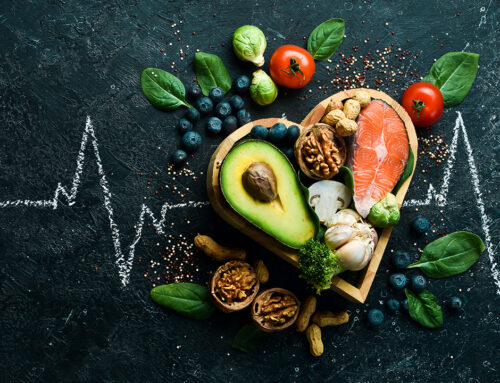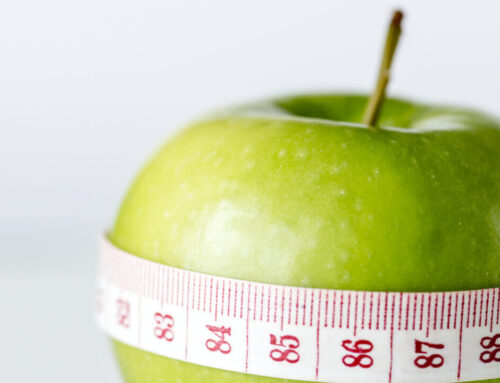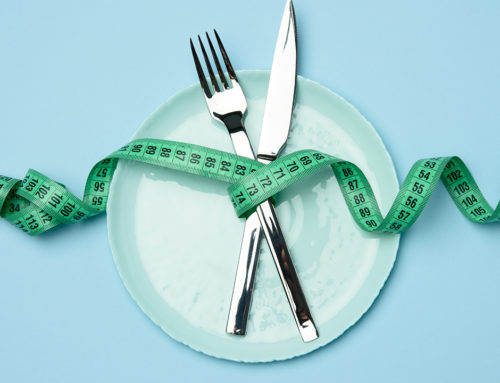You’re filling your basket with products that promise more than your RDA of goodness. But are they really delivering on that promise or tricking you with clever marketing tactics? Here are 17 not-so-great health foods you can leave off your shopping list.
1 Brown Rice
Bad news if you’ve spent years denying yourself delicious, fluffy white rice in favor of the brown kind – depending on your goals, you might have been wasting your time. Yes, the brown stuff has minor amounts of protein and fibre, but those alone don’t make brown rice worth eating – you can get each from elsewhere. The problem with brown rice is phytic acid, the compound that gives it its color. It can inhibit the enzymes we need to digest food, as well as grabbing onto minerals and making them less available for digestion – so, if you’re eating a stir-fry, there’s a chance you’re diminishing the effects of all those veggies.
SWAP FOR: Stick to the white style, which has the phytic acid stripped out.
2 Soy
On paper, soybeans seem pretty good: they can contain up to 48% protein, with a PDCAA score (a measure of protein quality) just below 1.0 (beef, in case you’re wondering, is ranked at 0.92). The problem? Phytoestrogens – a defense mechanism found in plants that can have negative hormonal effects on humans, including upping estrogen. Get all of the upside by following the rules of Asian cuisine: stick to unprocessed sources of soy like edamame, or eat small amounts of tofu, tempeh or miso as side dishes, rather than making soy the centerpiece of your meals.
SWAP FOR: Any other kind of beans. Whether it’s fava, marrow or black beans, they are all decent alternatives and are robust nutritional options.
3 Granola
It’s crunchy, it’s brown, it’s sold in the health food aisle: it must be good, right? Well, most granola’s barely better than a bowl of Lucky Charms – it comes loaded with calories and often sugar, and is terrifyingly easy to overeat.
SWAP FOR: To get better results, build your own. Start with oats and raw nuts or seeds, add a teaspoon of cinnamon and a dash of coconut oil, then bake the whole thing for 30-40 minutes. Serve with Greek yogurt for an added protein kick – and add fresh fruit rather than the sugar-laden dried kind.
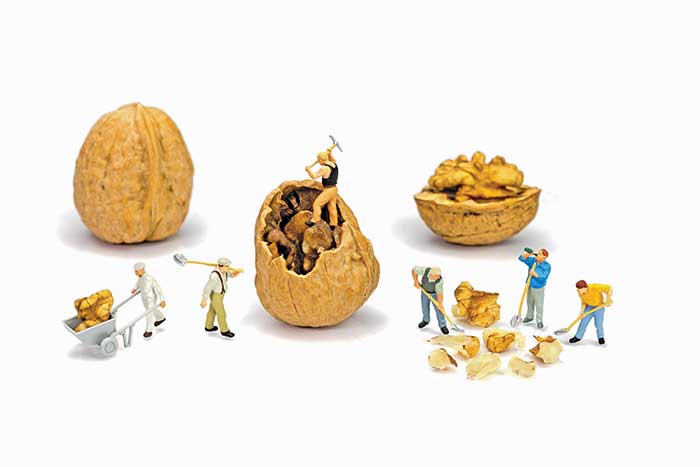
4 Agave Nectar
It’s tempting to think of agave as a dietary Get-Out-Of-Jail Free card for your sweet tooth – with its low glycemic index, it seems like the perfect swap for sugar on oats or in muffin recipes. Unfortunately, it’s still really high in fructose – which recent studies suggest can be linked to health problems including heart disease, especially when it’s eaten outside of its normal, fruity, setting. Sure, have a drizzle here and there, but don’t kid yourself that you can squeeze it on without a care in the world.
SWAP FOR: Coconut nectar. This works in most baking options as it is less processed than agave, plus it’s loaded with a good variety of minerals and amino acids while having a neutral pH.
5 Almond Milk
For the lactose-ambivalent, almond milk certainly seems to make sense – almonds are great, so why not grind a whole load of them up and add water, then whip up a latte or some oats with the resulting concoction? The problem, really, starts when you look at the ratios – typically, 100ml of almond milk contains less than a gram of protein, or roughly the amount you’d find in three whole almonds. It’s also likely to be heavy enough on the sugar to counterbalance those protein gains. Plus, any nutrients in the milk are likely to be retrofitted during the manufacturing process. To guarantee you’re getting a healthy version, make your own: you’ll need to soak almonds in water overnight, then peel and whizz them in a blender.
SWAP FOR: Hemp milk. Some varieties can be high in Omega 3’s and Zurich-based researchers found that it can stem inflammation making it a good choice after training. There’s also some iron in it, which could be a good option for vegetarians. Just watch that sweetener content because hemp’s natural flavor might make you pull a face like a bulldog licking piss off a thistle.
6 Coconut Water
Yes, it packs a decent hit of potassium, but so do bananas and potatoes, which add fibre to the mix. And it also packs in the sugar – even the unsweetened kind has 3g per 100ml. That said, it’s definitely preferable to more sugar-laden sports drinks for refueling, especially if your main aim is getting lean.
SWAP FOR: All natural alternatives. If all you want is rehydration, water and a bit of fruit will do the same job.
7 Diet Soft Drinks
They might be (almost) calorie-free, but that doesn’t make them healthy – at least one study suggest that people who drink diet soft drinks still experience more weight gain than non-drinkers – possibly because the artificial insulin spike caused by drinking them prompts bad snacking habits.
SWAP FOR: Sparkling water with a dash of fresh lemon or lime juice – either one will mildly blunt insulin, helping rather than hindering your fat loss.
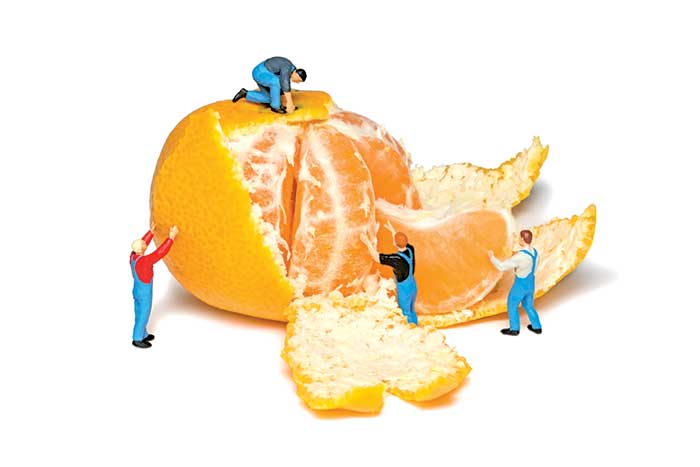
8 Deli meat
This depends on the meat, but just because you’re getting your meat ready-sliced, don’t assume it’s free of processed unpleasantness. Most deli meats, including turkey, roast beef and ham, are typically packed with with sodium, nitrates, saturated fat and fillers which can all have dire consequences for your health.
SWAP FOR: Stick to chicken, hopefully one where you can identify the body parts. Whether you buy a rotisserie chook or one that you’ve prepared yourself, it’s always going to be healthier than the crap-shoot fare the deli meat counter provides.
9 Fruit juice
They might boast a decent hit of vitamins and antioxidants, but it comes at a price – even fresh-made juices strip out fibre and leave in fructose, so you’re glugging a huge amount of sugar in a single sitting.
SWAP FOR: If you’re getting the mix-while-you-wait option, choose one that only includes one piece of fruit – or invest in a blender and make your own juice from celery, kale, lemon juice, parsley and an apple. Rocket fuel!
10 Gluten-free food
If you’re gluten intolerant, of course, you can disregard the next paragraph: but for everyone else, going for the more expensive option is, at best, a waste of your hard-earned cash. At worst, it can lull you into a false sense of security: gluten-free pizza, bread and muffins often load up on preservatives, sugar and fat to mimic the delicious chewiness of good old gluten, while trimming out the fibre you get with the traditional options. In other words: you’ll be less full, and eat more.
SWAP FOR: Rye bread. This is an excellent addition because research at Lund University found it leads to better insulin and blood sugar levels compared to wheat bread.
11 Nut butter
Yes, spooning your nut butter straight from the jar can make sense – if you’re a CrossFit athlete who trains four times a day and needs to load up on calorie-dense foods whenever you can. For everyone else? A bit of light-handedness won’t go amiss. Also, consider what’s in your spread – all-natural nut butters are much better than the sugar-and-salt-laden kind you’ll find in most stores.
SWAP FOR: The good news: peanut is fine if you’re going natural – almond has slightly more calcium and walnut is better for omega-3 fatty acids, but you can always get these nutrients elsewhere in less calorific formats.
12 Rice Cakes
Judging by how they taste, rice cakes have to be good for you, surely. Their flavor is polystyrene packaging, and it’s impossible to eat more than two at a sitting, so how much damage to your diet can you do by sneaking one in as a snack? Trouble is, while they’re low in calories, they’re often high on the glycemic index, sending your insulin soaring up and making you more likely to store fat or snack on other products – assuming, of course, that you don’t smear them in peanut butter.
SWAP FOR: Celery sticks dipped in what ever topping you like on your rice cakes. Stab your stick into the peanut butter enjoy all the crunch with fiber that’ll help you feel fuller for longer.
13 Yogurt
Whoah, whoah, whoah, okay, let’s get this straight – it depends on the yogurt. The flavored kind is the enemy: it’s packed full of sugar or artificial sweeteners, which feed ‘bad’ bacteria in the gut, which can negate any probiotic effect you’re getting from the yogurt itself. Even worse are the kind that come with fruit attached – the problem isn’t the berries but the syrup they’re suspended in, which is often laden with sugar.
SWAP FOR: Get the plain kind (preferably Greek-style) – it’s a decent hit of protein, with no added nasties, but double check it first. The lower the sugar content, the better it will be for your insides.
14 Pre-prepped salad
With nutrition on the menu, more than one fast-food brand is offering pre-made salad as a free substitute for fries – but are you really transforming a guilty pleasure into a gourmet feast by going green? It depends on the salad: plenty of pre-made options load up on bread or processed meat, or include dressings that are full of fat, salt and sugar.
SWAP FOR: A little attitude at the food counter. If you can, ask for the dressing to be served separately, and eat around those croutons – they’re probably deep fried to make them that crunchy.
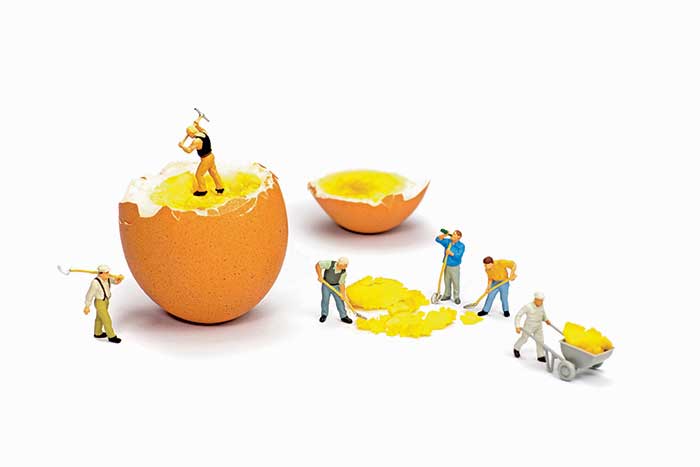
15 egg whites
They’re fine for a dash of extra protein in a whole-egg omelet – or for when you’ve got a hankering for some cheat-day meringues – but if you’re leaving egg yolks out of your diet you’re leaving gains on the table, by missing out on vitamins B, D and a way of raising your good cholesterol.
SWAP FOR: A changed attitude toward this super food. By all means use shop-bought egg-white mix in protein pancake recipes or to add bulk to other egg dishes, but keep the yellow bit in your regular eggs.
16 Vegetable Dips
Just because your dip looks the same color as a vegetable, it doesn’t count as one of your daily servings. Spinach and artichoke dips and cucumber spreads might seem like a healthy option, but they’re often packed with saturated fats from sour cream, cream cheese or mayonnaise, as well as artificial flavors, colors and preservatives.
SWAP FOR: Hummus. This is a better bet – and even healthier if you whip up your own from chickpeas, tahini and garlic. With a run-of-the-mill blender, it’s the easiest dip that anyone can make in record time.
17 Veggie Crisps
If you’re buying a brand that legitimately makes its crisps from parsnips, beetroot or carrots, you might get some benefits from them. But buyer beware: often, veggie crisps are mostly potato with a sprinkling of powder for coloring, as well as containing just as much sodium and additives as the cheapest of store-bought crisps.
SWAP FOR: Home-made fare. Make your own by thin-slicing vegetables, drizzling them with olive oil and baking them in the oven until they’re crispy – salt, paprika or other flavoring is optional.





